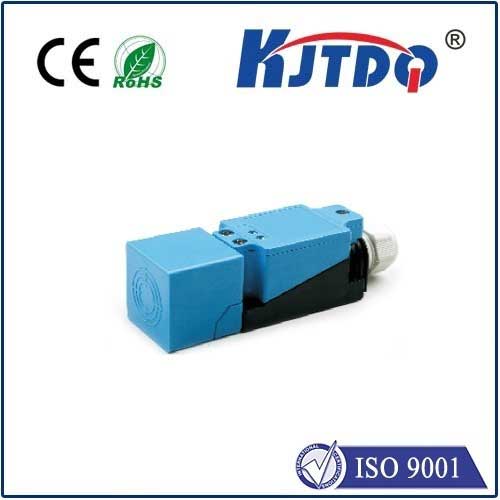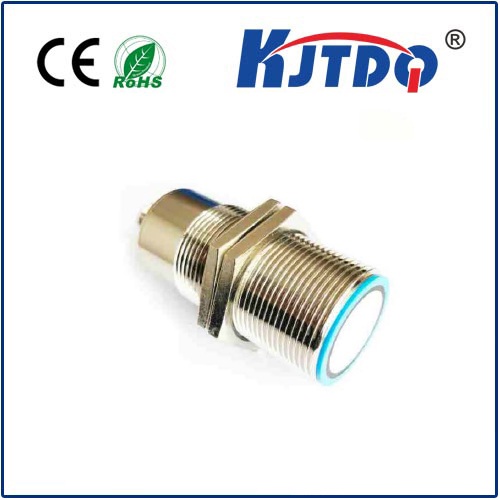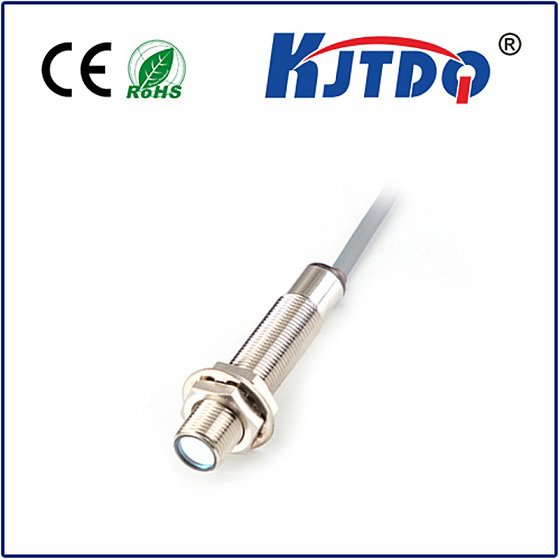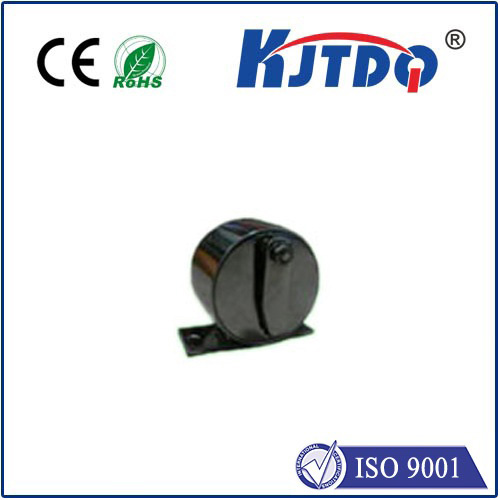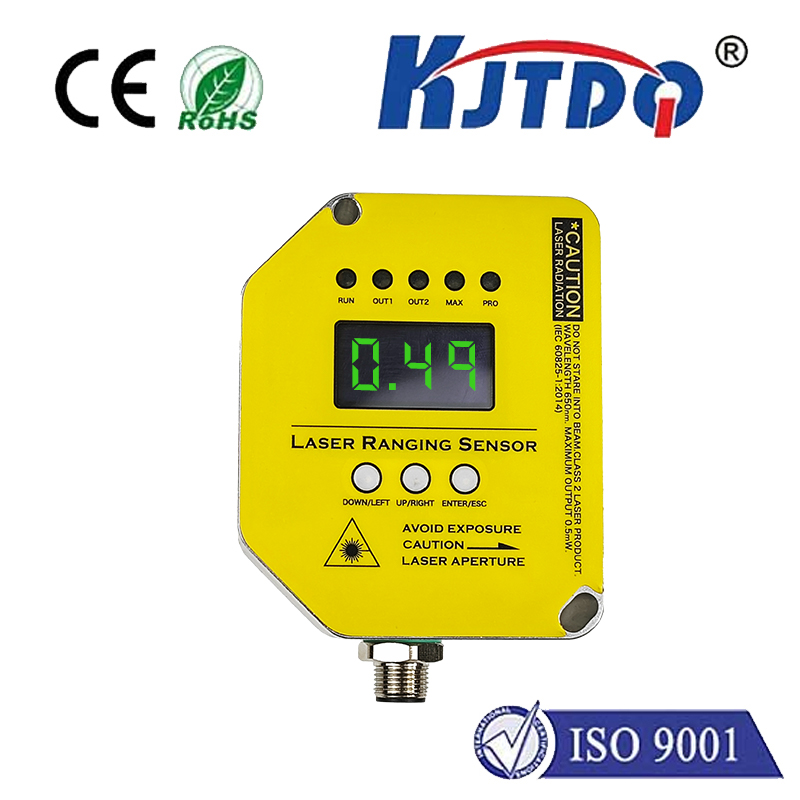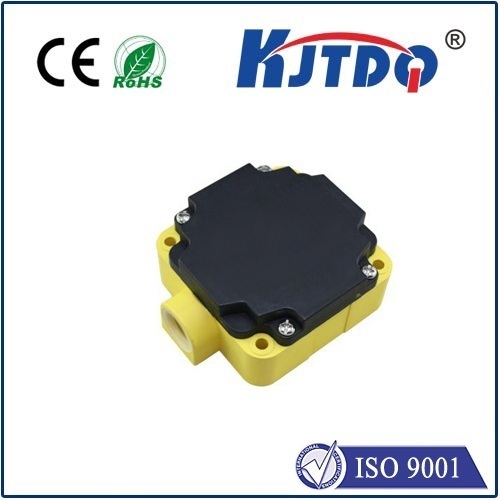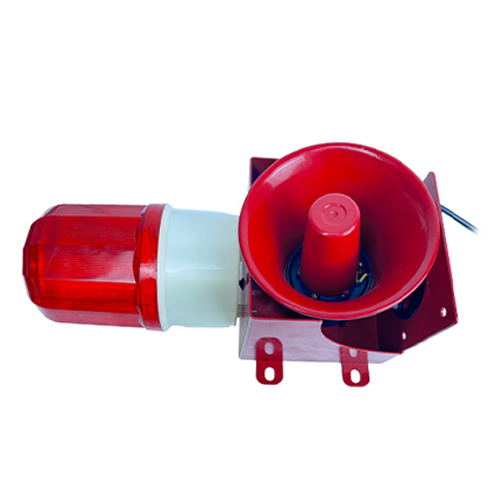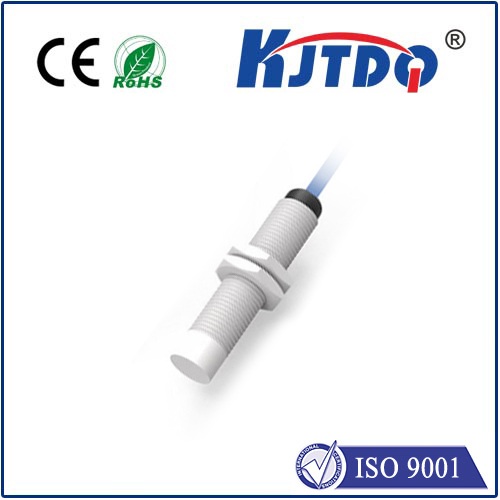

check

check

check

check
Imagine walking into a room where lights automatically turn on as you approach, or your smartphone screen dims when held to your ear—all thanks to tiny sensors that “feel” your presence. This isn’t science fiction; it’s the reality of proximity sensors, and with a proximity sensor kit, anyone can harness this power for DIY projects, industrial automation, or smart home setups. These kits bundle everything needed—sensors, wires, and guides—to transform complex technology into accessible tools. Whether you’re a hobbyist, engineer, or educator, understanding how these kits work and their diverse applications can spark innovation, saving time and boosting efficiency.
At its core, a proximity sensor detects nearby objects without physical contact, using principles like infrared light, ultrasonic waves, or capacitive fields. Think of it as an electronic eye that senses distance changes, triggering actions such as alarms or machine shutdowns. For instance, in a proximity sensor kit, you’ll find modules like infrared (IR) sensors that emit light beams; when an object interrupts the beam, the sensor outputs a signal. Capacitive sensors, on the other hand, detect metallic or non-metallic items by measuring capacitance shifts—ideal for touch-free controls in humid environments. These components are often pre-configured in kits, making setup straightforward for beginners while ensuring consistent performance. This technology avoids wear and tear, since it operates through non-contact detection, extending device lifespan compared to mechanical switches. By choosing a kit that includes multiple sensor types, users can experiment broadly, from simple distance checks to advanced motion tracking.

The applications of proximity sensor kits span countless fields, revolutionizing how we interact with devices and systems. In industrial automation, they’re essential for safety, such as in robotic arms that halt when a worker approaches, preventing accidents on assembly lines. Smart home enthusiasts integrate these kits to create intuitive solutions—like door sensors that alert you to intruders or automated faucets that conserve water by activating only when hands are near. For DIY electronics, kits enable quick prototyping; for example, hobbyists build gesture-controlled gadgets where a wave of the hand changes settings on a microcontroller. Education is another key area, with teachers using kits to demonstrate physics concepts in classrooms, fostering hands-on learning about wave propagation and sensing limits. Even in healthcare, proximity sensors aid in patient monitoring systems, detecting falls or occupancy without intrusive cameras. This versatility makes a well-designed kit an investment in innovation, as it adapts to evolving needs—like integrating with IoT platforms for real-time data collection.
Why invest in a dedicated proximity sensor kit rather than sourcing parts separately? The benefits are substantial and multifaceted. First, kits simplify the learning curve; they come with detailed instructions and compatible components, so you spend less time troubleshooting and more on building. This saves money in the long run by reducing errors or component mismatches. Second, they enhance precision—kits often include calibrated sensors that ensure accurate detection ranges, such as from 1cm to 80cm, which is crucial for reliable applications. For instance, in automotive projects like parking assist systems, consistent distance readings prevent false triggers. Cost-effectiveness is another big plus, as bulk packaging in kits lowers individual part costs, making high-tech sensing accessible even on tight budgets. Finally, kits promote creativity; users might start with a basic project, like a motion-activated light, then scale up to complex setups, such as automated greenhouses where sensors monitor plant growth and trigger watering. This plug-and-play approach democratizes technology, empowering more people to innovate without deep expertise.
When selecting a proximity sensor kit, consider key factors to ensure it meets your goals. Start by identifying the detection range needed—short-range kits (e.g., under 10cm) work well for touch interfaces, while long-range ones (e.g., up to 1 meter) suit security systems. Assess the sensor type included; for example, IR sensors are affordable and great for general use, but ultrasonic kits excel in noisy environments where sound waves are unaffected by light or dust. Compatibility is crucial; opt for kits that support popular platforms like Arduino or Raspberry Pi, with connectors and sample codes for seamless integration. Also, look at build quality—durable materials and water-resistant features extend usability in harsh conditions. Reputable brands like Adafruit or SparkFun offer kits with community support, enhancing troubleshooting resources. By evaluating these aspects, you’ll avoid common pitfalls and choose a kit that scales with your project, such as starting with a beginner-friendly set and upgrading to specialized modules later.
Getting started with your proximity sensor kit is surprisingly simple, even for novices. Begin by unpacking the components—a typical kit includes multiple sensors, jumper wires, resistors, and a user manual. Then, connect the sensor to a microcontroller like an Arduino; for instance, wire an IR sensor to the board, upload a basic code sketch, and test it with an object nearby to see the output change. Calibration is often straightforward, involving adjustments via potentiometers to fine-tune sensitivity. Try a starter project, like building a distance-alert system that buzzes when objects get too close, which teaches core concepts in under an hour. From there, explore advanced applications—perhaps integrating with a smartphone app for remote monitoring or pairing multiple sensors for 3D mapping. Common challenges include interference from ambient light or metals, but kit guides usually provide troubleshooting tips, such as shielding sensors or adjusting angles. Regular testing and iteration help refine setups; incremental improvements lead to reliable solutions that enhance daily tasks, from conserving energy to improving safety protocols.
As technology evolves, proximity sensor kits are becoming smarter and more integrated, with trends like AI-enhanced algorithms that predict movement patterns or low-power designs for battery-operated devices. Already, innovations in miniaturization allow sensors to fit into wearable tech, while the rise of smart cities drives demand for kits that support scalable deployments. For anyone curious about sensing solutions, starting with a proximity sensor kit offers a low-risk entry into a world of possibilities—empower your projects today and watch how small sensors make a big impact.
